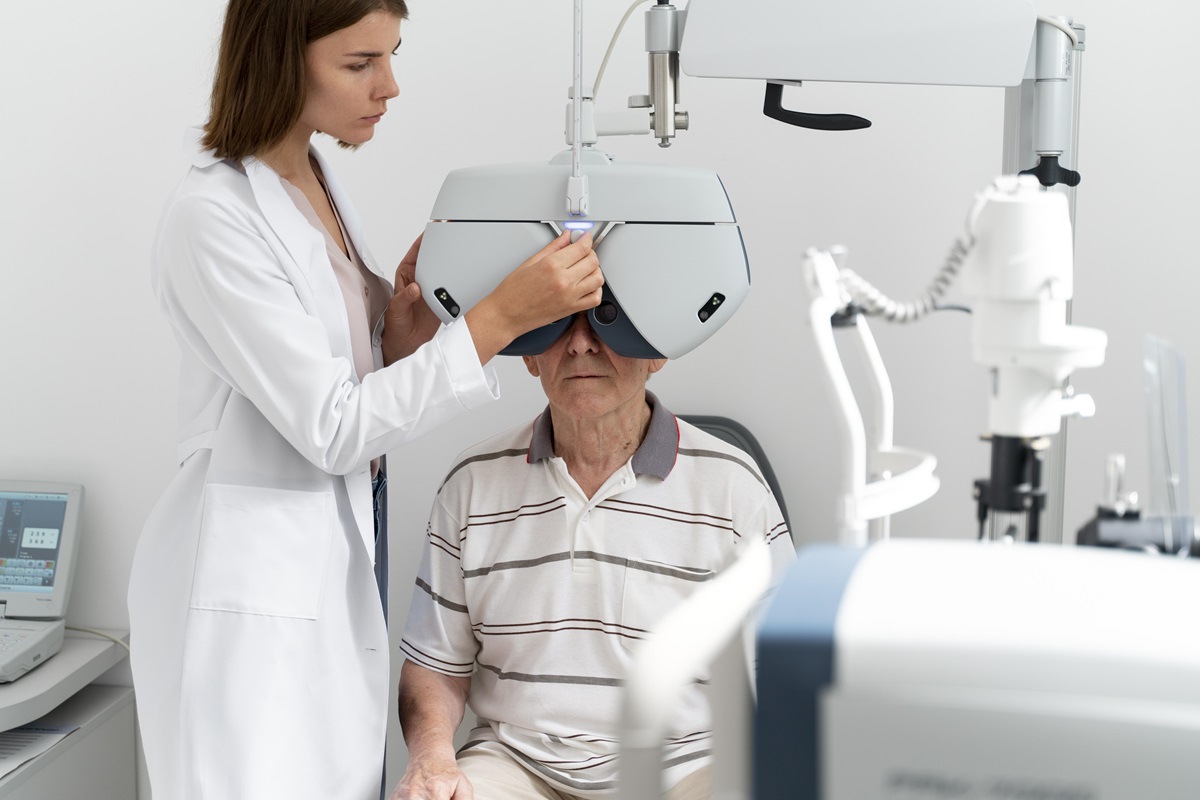What is Vision Insurance?
Vision insurance is generally supplemental to other types of medical insurance policies. Vision insurance helps offset the costs of routine checkups and vision correction wear that may be prescribed.
Vision insurance is designed to help you cover and budget for ongoing vision care expenses like routine eye exams, prescription glasses and contact lenses.
Costs of Eye Exams
Eye exams don’t just detect vision problems, but can signal, or help prevent, future health problems. The cost of an eye exam can run as little as $50 and can go up to over $100, depending on who performs the eye exam and on whether or not you have vision care insurance.

The basics of an eye exam
You can have your eye exam performed either by an ophthalmologist or an optometrist. An ophthalmologist, according to allaboutvision.com, is an eye doctor with either an MD (medical doctor) or OD (osteopathic doctor) credential to practice medicine and surgery; an optometrist is an eye specialist with a Doctor of Optometry degree who’s not a medical doctor. The cost of an eye exam is generally lowest (often about $50), when you have it performed by an optometrist at a retail store (like Target or Costco) or at an optical chain. Eye exam cost is highest when conducted by an ophthalmologist in a clinic or an office. Here, the cost of an eye exam can run well over $100.
Doctors generally recommend that you have your eyes examined every one to two years, depending on your age, according to allaboutvision.com. More specifically, if you’re over 60, you should have annual eye exams, while if you’re between the ages of six and 60, you should have an eye exam once every two years. Children under the age of six generally have eye exams at six months of age and then again at three and six.
During an eye exam, the ophthalmologist or optometrist will generally perform the following procedures, according to the Berkeley Eye Center:
- Distance vision test, using a chart with letters that decrease in size.
- Eye movement test, as your eyes follow a small light from one side to the other.
- Refraction test, using various lenses.
- Color blindness test, using cards that have colored dot patterns.
- Slit-lamp examination, which provides a magnified view of the eye for better inspection.
- Eye pressure test, to screen for glaucoma.
- Dilated exam, using drops to dilate the pupils in order to examine the inside of your eyes.
